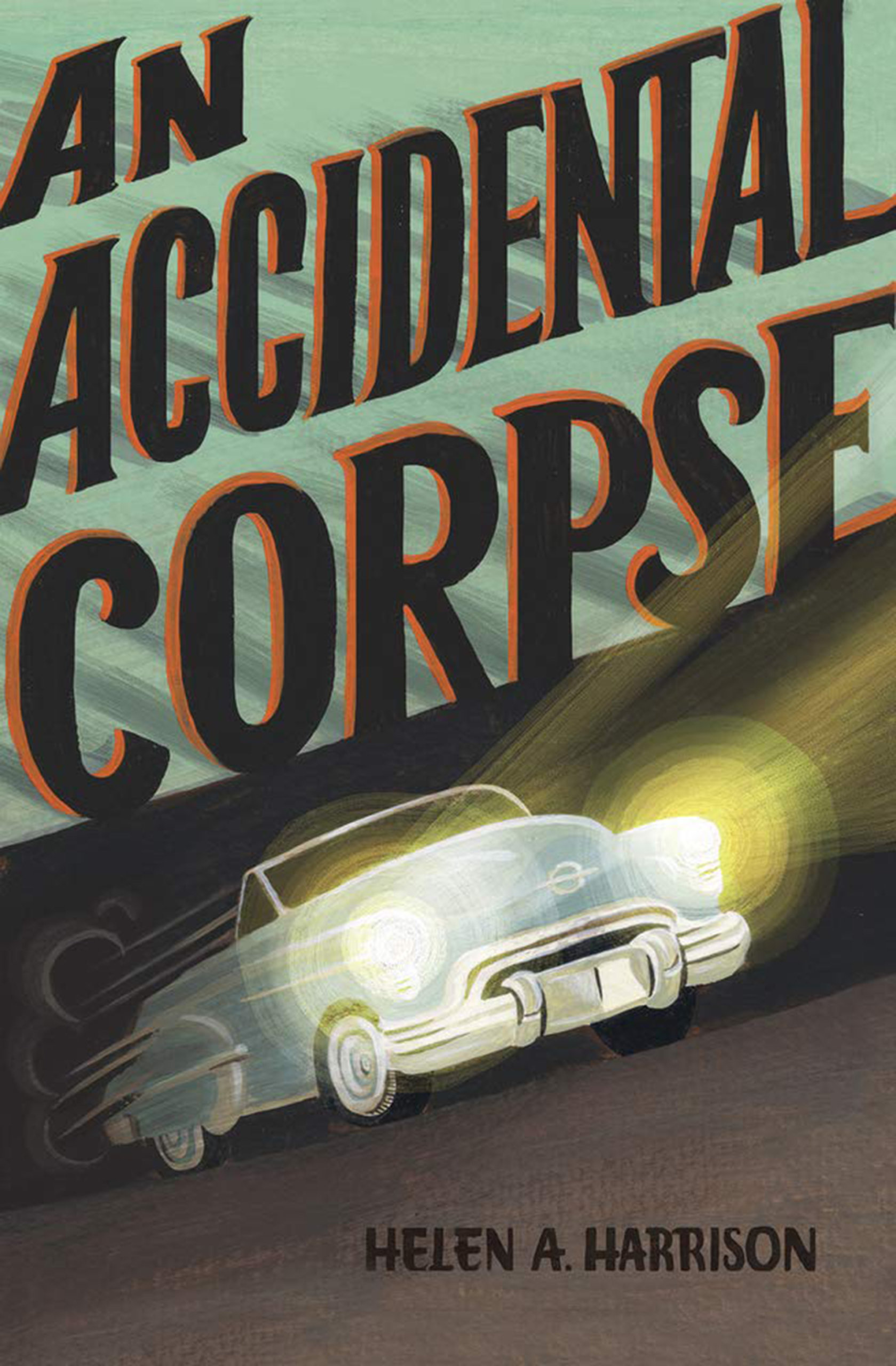An Accidental Corpse: Death in the Hamptons


With a playful assertiveness that informs all her writing, Helen Harrison, the director of the Pollock-Krasner House and Study Center in Springs, says on an acknowledgments page to her new novel An Accidental Corpse that readers who are familiar with accounts of Jackson Pollock’s fatal automobile accident on August 11, 1956 will recognize a lot of the people, but they won’t recognize others “because I made them up.”
She also notes particularly that Edith Metzger, a friend of Pollock’s mistress Ruth Kligman, who died in the accident with him, was not dead beforehand, as she is in the book, courtesy fictional license. Aha! So, as a PR flyer teases, “Was Jackson Pollock a murderer? A dark night. . . a sharp curve. . . a drunken driver . . .”
For sure, Harrison has an inventive take on that night, augmented by years as a research scholar on Pollock and the ’50s abstract art world. The East Hampton Library, she points out, has a lot of information on the accident and its aftermath, including funeral parlor records, and she was able to talk to two people from that time — a little boy, then, who taught one of the fictional characters how to fish, and the artist Cile Downs, a close friend of Pollock’s wife Lee Krasner, who in fact, as in the book, cleaned out evidence at the Pollock house at 830 Fireplace Road of Kligman and Metzger being there, before Krasner returned.
Over the 14 years the Pollocks had been together, Paul Jackson Pollock was sober and “brilliantly productive” for only two. By 1956, deep into alcoholism and depression, the by now heavy-set 44-year old abstract expressionist had a scruffy beard, a fringe of hair around a bald pate, and an attitude.
For those of a certain age, Harrison’s novel will likely prove wonderfully nostalgic, as the author recreates places in Springs and East Hampton long gone (Jungle Pete’s, The Sea Spray Inn), but she also notes that some spots, such as Sam’s on Newtown Lane, are still thriving (in the book and in real life Pollock did throw a brick through Sam’s window, Harrison says). All ages, however, are in for a treat in reading about the significant role Springs played in the mid-century abstract art movement, the “splatter-and-daub school,” invading in 1949 and causing difficulties for the “beleaguered administration” at Guild Hall. And now? Discernible culture wars between traditionalists and innovators would still seem to be going, though they’re hardly confined to the visual arts.
The Accidental Corpse begins August 11, 1956, with the Fishermen’s Fair, “the acme of the East Hampton hamlet’s summer season.” A husband and wife are on vacation from the city where both are members of the NYPD. Of course, it won’t be long before Brian (“Fitz”) Fitzgerald, his charming, beautiful Latina wife “Nita” (Juanita Diaz), and their adorable, precocious son T.J. get involved in helping the local police solve the mystery of that night’s crash when it’s discovered that Kligman’s friend Edie, out for the weekend with her, was choked to death before the accident occurred.
Besides Pollock, suspects include Edie’s married lover back in the city, Kligman herself, even the sugar mill heir and artist Alphone Ossorio of The Creeks, a good friend of Pollock, and his partner, the ex-ballet dancer Ted Dragon, to whose house supposedly, the unlucky threesome were belatedly bound the night of the accident. There’s also the possibility of a random killer stalking about the property when Edie went outside to get some fresh air, as Jackson and Ruth made love upstairs.
Though a bit obvious and tame as a mystery, with little distinction in dialogue among the major characters (almost everyone’s syntactically polite), and with an omniscient third-person point of view supplying history and art history, the novel doesn’t fully engage. Still, it cleverly tends to details in advancing plot and motive, and there’s no denying the author’s take on the Pollock legacy, giving the verdict to Ossorio who says, “Everything Jackson did on canvas was deliberate. He said there were no accidents, however spontaneous his technique.”
Harrison’s moving on, in time. Her first novel, An Exquisite Corpse: Death in Surrealist New York, alluded to several times in An Accidental Corpse, took place in the 1940s. Her next book will be set in the 1960s at The Art Students League in the city, which she attended. One is intrigued: What adjective be that will accompany the word “Corpse” for that one?



